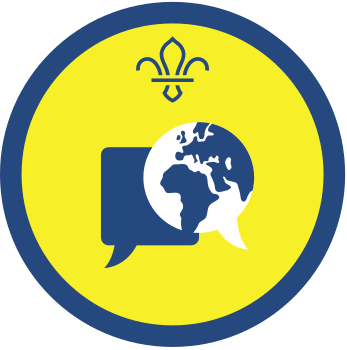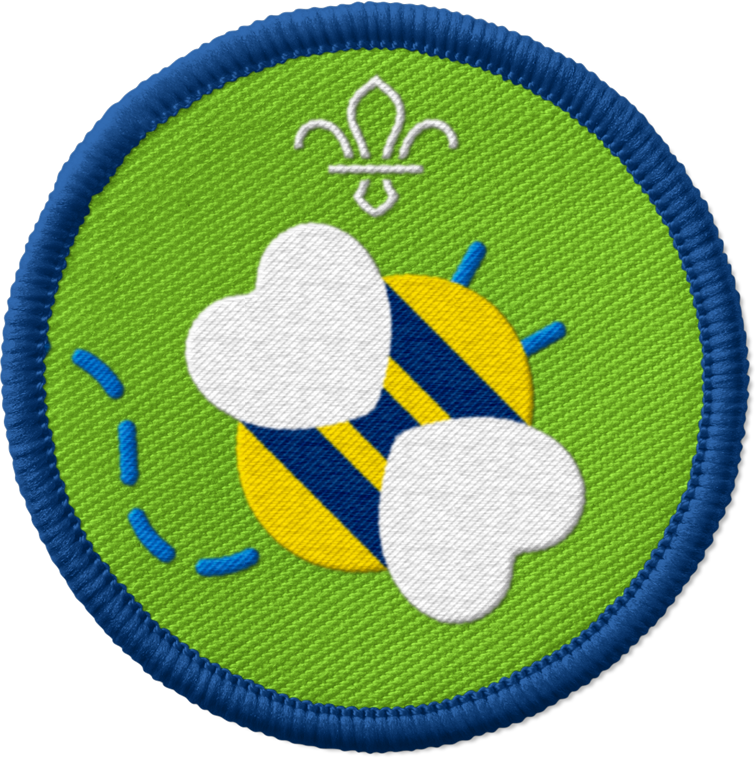The art of recycling
You’ll need
- Scissors
- String
- Tables
Use this handy locator to find out what you can put in your recycling at home, and where you should go to recycle other specific items.
Before you begin
- Ask everyone (and their parents and carers) to bring along plastic and cardboard that can be recycled at home.
- Encourage everyone to think about different endangered animals and bring photos or drawings of them, if they can. WWF have a species directory of their animals, or people could check out the IUCN Red List.
Understand endangered animals
- The person leading the activity should ask if anyone can name an endangered animal. People could think about elephants (specifically Asian elephants or Indian elephants), chimpanzees, or green turtles.
- The person leading the activity should explain that animals are put in groups based on things like how many of that animal are left in the wild, if the numbers are dropping quickly, or if they can only be found in a small area. These groups help people know which animals are closest to extinction (dying out).
- Anyone who’s brought a picture of an endangered animal should share it with everyone else. People could try to guess the animal from the picture; for an even bigger challenge, someone could describe the picture to others who can’t see it.
- Everyone should help the person leading the activity to lay the recycling across some tables. It’s best to jumble it all up so everyone can reach some big, some small, some short, and some long items.
Make a model
- Everyone should choose their favourite endangered animal.
- Everyone should think about the shapes that make up the animal they chose. They should try to match those shapes up with the recycling they can see. A box could make a great body while a long, thin piece of recycling could be a long, thin neck, or a few toilet roll tubes could become sturdy legs.
- Everyone should use the recycling to make a model of their endangered animal. They shouldn’t use glue, sticky tape, or glitter as they can’t be recycled. It’s best to try and slot things together, asking a grown up to do any cutting with sharp scissors. If that doesn’t work, people could use string (as it’s easy to take off and reuse).
Chat about change
- Everyone should take it in turns to show off their models. Everyone should encourage each other – perhaps they could point out their favourite bit of someone’s model.
- Everyone should suggest actions they could do to help endangered animals so they don’t become extinct.
- When they’ve finished admiring their models, everyone should take them apart so they can recycle all of the parts. Make sure to remove anything like string that can’t be recycled.
Reflection
This activity was all about recycling and being sustainable; really important parts of being a responsible citizen. Being responsible and looking after the planet involves lots of things and is much bigger than one activity, but this is a great place to start. How does recycling help endangered animals? Recycling stops items going into landfill, which takes up lots of space and releases gases which make the planet hotter and damage environments. Recycling also means people cut down fewer trees and mine fewer materials – this means fewer gases are released, and it also protects the places that animals live. Why does it matter that each person recycles when lots of endangered animals live so far away? When lots of people make small changes, it adds up to a big difference. Even though the animals live so far away, the actions of people here make a difference to the whole world.
Safety
All activities must be safely managed. You must complete a thorough risk assessment and take appropriate steps to reduce risk. Use the safety checklist to help you plan and risk assess your activity. Always get approval for the activity, and have suitable supervision and an InTouch process.
- Scissors
Supervise young people appropriately when they’re using scissors. Store all sharp objects securely, out of the reach of young people.
- Rubbish and recycling
All items should be clean and suitable for this activity.
It’s up to you how much detail you go into – it’ll probably depend on whether this is the first time you’ve talked about recycling, or if people know a bit already. If you’ve already covered the basics, try tackling something more complicated.
Make it accessible
All Scout activities should be inclusive and accessible.
Everyone could make some posters or signs to share with others. They could tell them about endangered animals or about what people can recycle in their local area.
Where’s your local recycling depot? If this activity’s captured everyone’s imaginations, why not see if you can arrange a visit?



